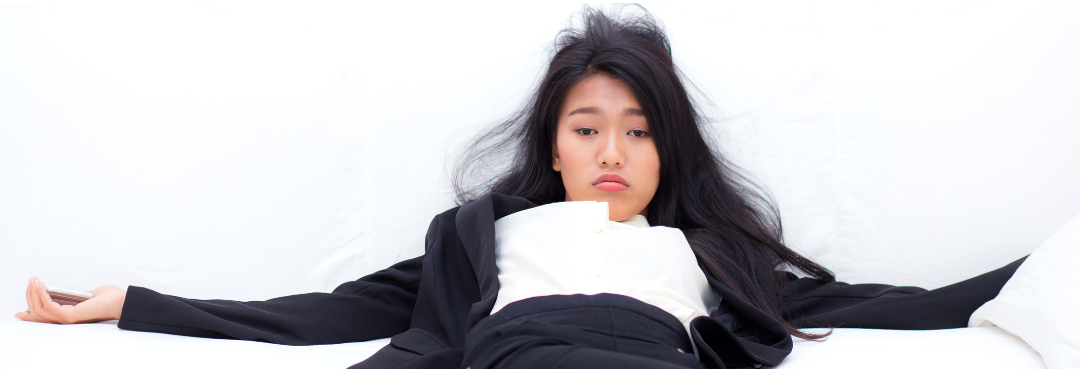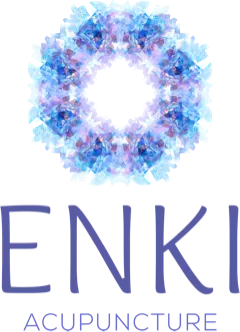
Finding Balance and Renewed Energy with Classical Japanese Acupuncture for Chronic Fatigue
Introduction
Chronic Fatigue Syndrome (CFS) is a debilitating condition affecting millions worldwide, characterized by persistent fatigue, weakness, and reduced stamina that significantly impacts daily life. Both Western and Traditional Chinese Medicine (TCM) offer distinct perspectives on the pathology and treatment of this condition. In this blog, we will delve into the effectiveness of Classical Japanese Acupuncture as a holistic approach to treating Chronic Fatigue, emphasising its unique techniques and the integration of moxibustion for enhanced results.
Understanding Chronic Fatigue: Western and TCM Perspectives
Western medicine attributes Chronic Fatigue Syndrome to various factors, including viral infections, immune system dysfunction, and hormonal imbalances. While the exact cause remains unclear, it is widely acknowledged that CFS is a complex condition with multiple contributing factors.
In contrast, Traditional Chinese Medicine views Chronic Fatigue through the lens of TCM pathology, focusing on imbalances in the body's vital energy, or "Qi," and the organ systems responsible for its circulation. In many cases, Chronic Fatigue arises from a pattern known as Liver Yang Deficiency (blood deficiency) in TCM.
Liver Yang Deficiency involves a weakened liver system unable to properly store and regulate the flow of Qi and blood. This pattern often leads to chronic exhaustion, dizziness, blurred vision, and even emotional disturbances like irritability and depression.
Japanese Acupuncture: A Holistic and Root-Oriented Treatment
Classical Japanese Acupuncture stands out as an effective approach for Chronic Fatigue due to its holistic and root-oriented nature. This style of acupuncture aims to address not only the symptoms but also the underlying imbalances causing the condition. By taking a comprehensive view of the patient's health, practitioners can uncover the root causes of Chronic Fatigue and design tailored treatment plans.
The Subtle Art of Japanese Acupuncture
One of the primary features of Japanese Acupuncture is its subtle needling technique. Unlike some more forceful approaches, Japanese Acupuncture employs thinner needles and gentler insertions. This gentle needling technique is well-suited for patients experiencing chronic fatigue, as it minimizes discomfort and stress during the treatment.
Moxibustion: A Powerful Complement to Acupuncture
Japanese Acupuncture's effectiveness is further enhanced by the incorporation of moxibustion, a traditional therapy involving the burning of dried mugwort (Artemisia vulgaris) near specific acupuncture points. Moxibustion helps to nourish and invigorate the body, promoting the smooth flow of Qi and blood throughout the meridians.
Moxibustion is especially beneficial for patients with Liver Yang Deficiency in TCM, as it aids in tonifying the liver system and replenishing the blood. This, in turn, can alleviate fatigue, improve mental clarity, and restore emotional balance.
Root and Branch Approach
Japanese Acupuncture adopts a "root and branch" approach, addressing both the root cause of the condition (the underlying imbalances) and the branch symptoms (the manifestations of Chronic Fatigue). By treating both aspects simultaneously, Japanese Acupuncture can bring about lasting relief and encourage the body's natural healing processes.
Conclusion
Chronic Fatigue Syndrome can be a challenging condition to manage, impacting various aspects of a person's life. Classical Japanese Acupuncture, with its holistic and root-oriented approach, offers a promising alternative for individuals seeking relief from Chronic Fatigue. The combination of gentle needling, moxibustion, and the comprehensive assessment of each patient's unique condition sets Japanese Acupuncture apart as an effective and nurturing treatment modality.
As with any medical condition, it is essential to consult qualified healthcare professionals, such as acupuncturists trained in Classical Japanese Acupuncture, for a personalised evaluation and treatment plan. Embrace the wisdom of ancient healing techniques alongside contemporary knowledge to find balance, renewed energy, and improved well-being.

